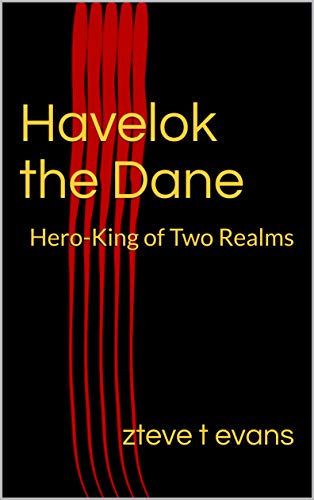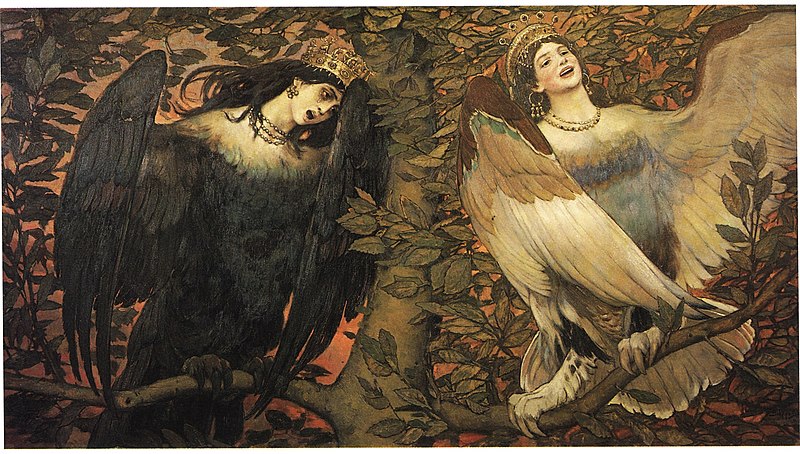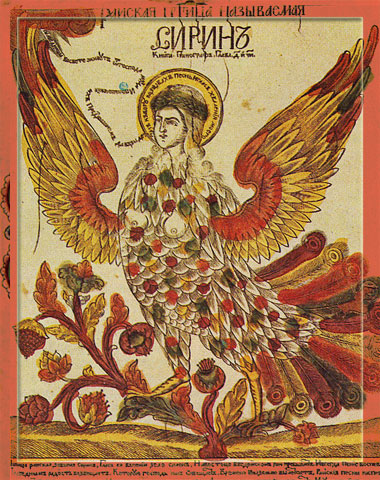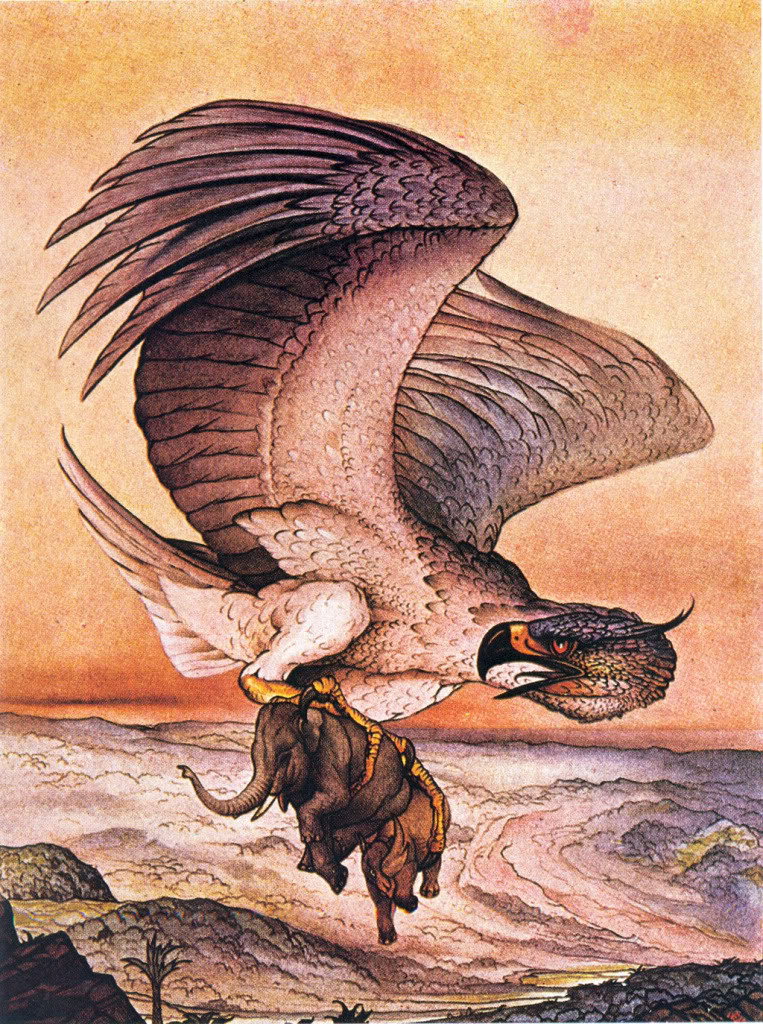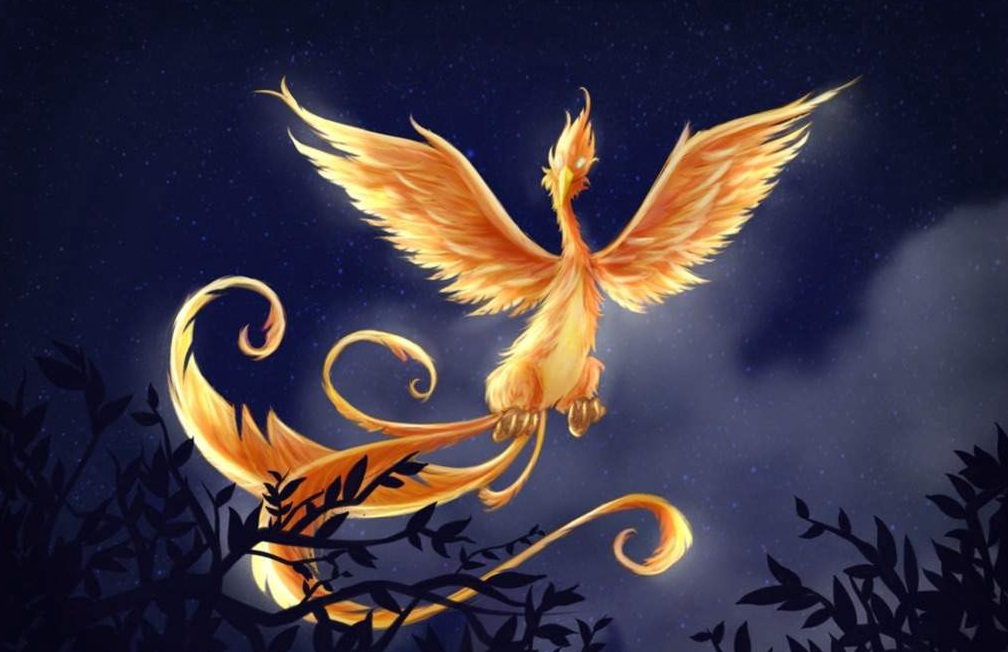
Birds have always played and important part in human culture appearing in the legends, myths and fables of people all around the world. Presented here are five legendary and mythical birds from different parts of the world, each with their own folklore and fables attached.
The Legendary Alicanto Bird
In Chilean folklore and mythology the Alicanto is a strange, mythical, bird that inhabits a strange but very real place known as the Atacama Desert ( Desierto de Atacama) and other parts of Chile, South America. The desert is rich in minerals and ores and according to legend is home to a mythical bird called the Alicanto that is said to eat different ores of metal. Its wings are said to shine at night with beautiful metallic colors and its eyes radiate colorful lights. These wonderful illuminations are said to be caused by the different metals it has eaten. For example, if it eats gold it emits a golden light or if it eats silver its light is silvery and if it eats copper it may be reddish though its wings are often described as being a coppery green. Sometimes it may eat more than one kind of metal resulting in different colors being emitted. Because of the light it emits it does not have a shadow.
Because of the heavy nature of its diet the bird spends most of its time on the ground being too heavy to fly and considered flightless. When it has not eaten for a long time it becomes lighter and can run much faster. It lays two eggs whose shells are made from the metal it eats. According to folklore, miners and prospectors would secretly follow an Alicanto hoping it would lead them to a rich deposit of metal ore or a secret horde of treasure known as an entierros. These legendary hoards were said to have been hidden by indigenous people hiding their treasure from the Spanish. It was also said pirates and privateers such as Sir Francis Drake hid their treasure in the desert.
Hopeful miners or prospectors would follow the light of bird’s wings in the darkness. If the Alicanto became aware of them it turned off the light losing its follower in the thick darkness. If the follower was of bad character and not true of heart the bird would lead them over a cliff to death. One legend tells how a Chilean Silver Rush was sparked on 16 May, 1832 when a miner named Juan Godoy followed an Alicanto to rich outcrop of the precious ore. This event led to a rush to mine silver with many miners striking rich.
The Basan in Japanese Mythology and Folklore
In Japanese folklore and mythology the Basan is a chicken-like bird sometimes called Basabasa, or Inuhōō and also known as the “Fire Rooster”. It was said to have its home on the Japanese island of Shikoku in the mountains of Iyo Province which is now known as Ehime Prefecture. According to old depictions it looks like a large chicken with a large, intensely red comb. It is said to breathe ghost-fire from its beak which is not hot but a cold fire that glows.
They made their homes in bamboo covered mountain recesses but were known to occasionally materialize late at night in human settlements. The wings of the Basan are said to make a strange and unearthly rustling sound when flapped. If a human inside a house hears this noise and looks outside to investigate they will just get a glimpse of the bird as it disappears before their eyes.
The Firebird in Slavic and Russian Folktales
In Russian and Slavic folklore the Firebird is a beautiful, magical bird that is much desired but has a reputation of being both an omen of doom and a blessing for those who manage to find one of its feathers, or capture it. The Firebird is described in various ways but essentially as a bird with brilliant, glowing orange, red and yellow plumage giving it the appearance of fire, hence its name. The feather continues to glow even when one is lost making it a valuable prize for the finder emitting enough light to fill a large room. They are usually depicted in the form of a fiery bird of paradise of varying in size with the story and artist. It is an extremely beautiful bird and although not usually regarded as particularly friendly is not aggressive, or vicious, but is associated with danger. This is because of its role as a bringer of danger to whoever finds it and very often a bringer of doom to those who demand its capture.
The typical structure of a firebird story begins with the finding of a feather by the hero. All though initially pleased with the find the hero eventually begins to see it as the cause of all of his troubles. This is followed by a bullying king or tsar ordering the hero to undertake one, or more, difficult and dangerous quests in search of something rare and valuable. The hero often has the assistance of a magical animal helper such as a horse or wolf who guides him throughout. The final quest is usually for the Firebird which must be brought back alive to the tsar or king. On the quest the hero has a number of adventures and wins the love of a beautiful princess. On return with the Firebird the tsar or king dies and the hero becomes ruler and marries the beautiful princess obtaining his heart’s desire. In many ways it is a rite of passage for the hero who grows in wisdom and maturity throughout until he becomes strong and able enough to become the ruler.
The Boobrie in Scottish Folklore
In the legends and folklore of the west coast of Scotland the Boobrie is a shapeshifting entity that usually appears in avian form. It is also known to take on other forms such as that of a water horse or bull. The Boobrie was said to make a deep bull-like bellowing call described as being similar to that of a common bittern though these are infrequent visitors to the region. When it appears as a water horse it has the ability to gallop over the tops of lochs and rivers as if they were solid land. It was also known to manifest as a huge vampire-like insect in summer that sucks the blood of horses. However, its preferred form appears to be that of an oversized water bird such as a cormorant, great northern diver or the extinct flightless great auk. Although considered mostly aquatic it was known to take to the land sometimes concealing itself in tall patches of heather.
The Boobrie is considered to be a voracious predator. Otters are said to be its favorite food and although it eats these in great numbers it will raid ships carrying livestock having a liking for calves, lambs and sheep. Of course this made it an enemy of the local island farmers of the area. One legend from the Isle of Mull tells how a farmer and his son were ploughing a field beside Loch Freisa. They were using a team of four horses but ran into trouble when one lost a shoe and could not continue. Looking round they saw an unknown horse grazing peacefully close by. Wanting to get the ploughing finished they decided they would try the unknown horse in place of the one that lost its shoe. Hitching it up along side the other three they were heartened to see the unknown horse seemed to take to the task with ease and their ploughing progressed well.

The Anqa of Arabian Mythology
In Arabian mythology the Anqa is large, marvelous and mysterious female bird. It is said she flies far away only returning once in many ages but can be found at the place of the setting sun. She is also known as Anka, Anqa Mughrib or Anqa al-Mughrib. Mughrib, has several meanings such as “strange, foreign,” “distant” or “west sunset” signifying the mystery and fantastical attributes of the bird.
Zakariya al-Qazwini, in his book, “The Wonders of Creation” describes the Anqa as very beautiful with four pairs of wings, a long white neck. He claimed it possessed a small resemblance to every known living creature and they were related to birds that lived alone on Mount Qaf. He also claimed they were wise gaining wisdom and experience through their lifespan of 1700 years and mates when it reaches the age of 500 and an egg is produced. When the chick hatches it will stay in the nest for 125 years before it leaves. The Anqa is so large its diet consists of large fish and elephants and nothing else.
© 12/05/2021 zteve t evans
References, Attributions and Further Reading
Copyright May 12th, 2021 zteve t evans
- Alicanto – Wikipedia
- Basan (legendary bird) – Wikipedia
- The Feather of the Firebird – Under the influence!
- Basan (legendary bird), in Japanese folklore
- The Feather of the Firebird by zteve t evans
- Boobrie – Wikipedia
- Anqa – Wikipedia
- File:Alicanto.jpg From Wikimedia Commons – Alicanto Image by JohnnyMellado – CC BY-SA 4.0
- Takehara Shunsen (竹原春泉), Public domain, via Wikimedia Commons
- The Anqa – Anonymous artist, 17th cent. or 18th cent. Mughal India., Public domain, via Wikimedia Commons





